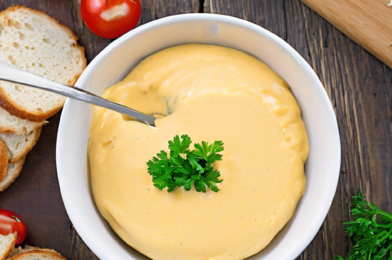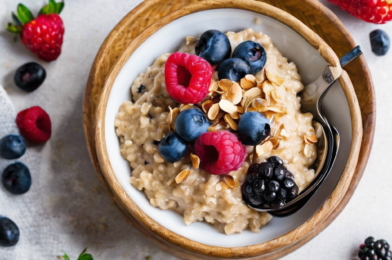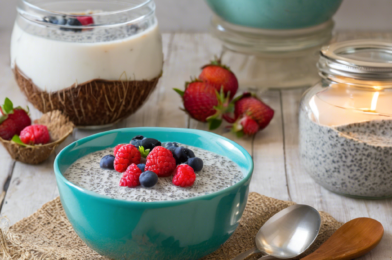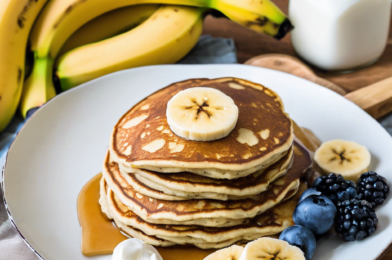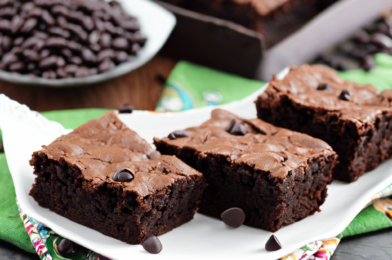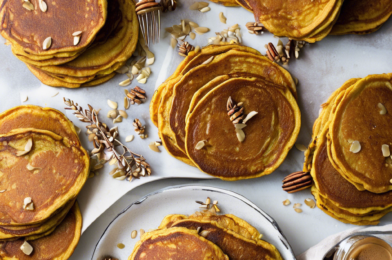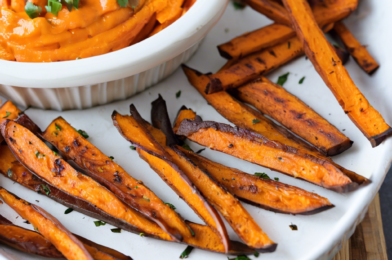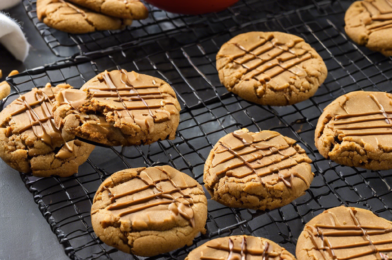There’s something incredibly comforting about a silky, smooth cheese sauce draped over your favorite dish. But for those who have embraced the vegan lifestyle, finding a plant-based alternative that matches the rich, creamy texture and savory flavor of traditional cheese sauce can be challenging. Fortunately, the culinary world has seen a surge in innovative recipes, one of which is the delightful vegan cheese sauce. My family and I recently tried this recipe, and it’s safe to say it was a hit! Even the most skeptical cheese lovers in the house couldn’t resist its charm. With its nutty undertones and a hint of tang, this sauce is a must-try for anyone looking to explore vegan cooking.
Ingredients
Creating this vegan cheese sauce is a breeze, and it requires just a handful of wholesome ingredients that you likely already have in your pantry. Here’s what you’ll need:
- 1 cup of raw cashews
- 1/2 cup of nutritional yeast
- 1 tablespoon of lemon juice
- 1 teaspoon of garlic powder
- 1 teaspoon of onion powder
- 1 teaspoon of salt
- 1/2 teaspoon of turmeric (for color)
- 1 1/2 cups of water
- Optional: a pinch of cayenne pepper for a spicy kick
Instructions
To make this luscious vegan cheese sauce, follow these simple steps:
- Soak the Cashews: Begin by soaking the raw cashews in hot water for at least 30 minutes. This helps to soften them, ensuring a smooth and creamy texture when blended.
- Blend the Ingredients: Drain the soaked cashews and add them to a blender along with nutritional yeast, lemon juice, garlic powder, onion powder, salt, turmeric, and water. Blend until the mixture is completely smooth and creamy. This may take a couple of minutes depending on the power of your blender.
- Adjust the Seasoning: Taste the sauce and adjust the seasoning to your liking. If you prefer a tangier sauce, add a bit more lemon juice. For extra spice, include a pinch of cayenne pepper.
- Heat the Sauce: Transfer the blended mixture to a saucepan and heat over medium heat. Stir continuously until the sauce thickens and becomes gooey, which should take about 3 to 5 minutes.
- Serve and Enjoy: Once thickened, remove the sauce from the heat and serve immediately over pasta, vegetables, or as a dip.
Nutrition Facts
This recipe yields approximately 4 servings. Each serving contains around 150 calories, making it a light yet satisfying addition to any meal.
Preparation Time
From start to finish, this vegan cheese sauce takes about 45 minutes to prepare, including soaking time. The active cooking time is around 10 minutes, so it’s perfect for a quick weeknight meal.
How to Serve
Vegan cheese sauce is incredibly versatile and can be served in many ways:
- Drizzle over steamed vegetables for a nutritious side dish.
- Use as a creamy sauce for your favorite pasta dish.
- Serve as a dip with tortilla chips or vegetable sticks.
- Layer over nachos for a vegan-friendly snack.
- Spread over baked potatoes for a comforting meal.
Additional Tips
To elevate your vegan cheese sauce experience, consider these additional tips:
- Experiment with Spices: Try adding different spices like smoked paprika or cumin to give your sauce a unique flavor profile.
- Use a High-Powered Blender: A high-powered blender ensures a smoother texture, which is key for this sauce.
- Store Properly: Store any leftover sauce in an airtight container in the refrigerator for up to 5 days. Reheat gently on the stove.
- Try Different Nuts: If cashews are not available, almonds or macadamia nuts can be used as an alternative.
- Add Vegetables: For added nutrients, consider blending in cooked carrots or roasted red peppers.
FAQ Section
Here are some frequently asked questions about this vegan cheese sauce recipe:
- Can I make this sauce ahead of time? Yes, you can make this sauce ahead of time and store it in the refrigerator for up to 5 days. Reheat it gently on the stove before serving.
- Is there a nut-free version? Absolutely! You can use sunflower seeds instead of cashews for a nut-free version.
- Can I freeze the sauce? While it’s best enjoyed fresh, you can freeze the sauce in a freezer-safe container for up to 2 months. Thaw it in the refrigerator and reheat gently.
- What can I use instead of nutritional yeast? Nutritional yeast provides a cheesy flavor, but if unavailable, you can try using chickpea miso for a savory note.
- How can I make the sauce thicker? If you prefer a thicker sauce, reduce the amount of water in the recipe or add a tablespoon of cornstarch while heating.
In conclusion, this vegan cheese sauce is not only a healthier alternative to traditional cheese sauce but also a deliciously versatile addition to your culinary repertoire. Whether you’re a seasoned vegan or simply looking to incorporate more plant-based meals into your diet, this recipe is sure to please. Enjoy experimenting with flavors and serving it in various ways to suit your taste and dietary preferences.
